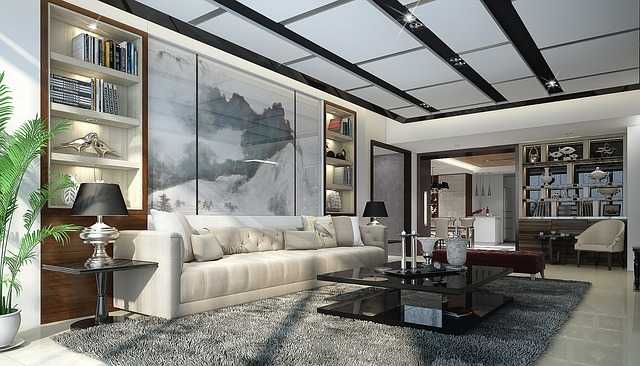 Getting a designer to plan your home’s aesthetic appeal brings into question how much involvement you should have. The answer is “A LOT”.
Getting a designer to plan your home’s aesthetic appeal brings into question how much involvement you should have. The answer is “A LOT”.
Other than the fact you are the one paying for the costs, designing your home is like designing your future. While it feels easy to leave the task to the experts, your responsibility in home planning is a vital tool to your future satisfaction.
Classic Granny Flats, an Australian company specialising in property design and installation, say the best homes are tailored according to the homeowners’ design needs and requirements.
Designer’s Job
While it is okay to hire any qualified individual to design your home, it is most advisable to hire a registered architect.
The architect’s job description is drawing a plan for your home, from floor plans to construction costs. The process begins with preparation and brief, where you will explain your concept and look of choice.
As the architect, he will come up with a preliminary sketch design and assess the options and feasibility of what you want to happen. After that, you can move forward with the concept design, developed design, technical design, and finally, the construction.
While this sounds very technical, there is an aspect much more understandable to the layman’s ear – architects will ask questions and understand what you are trying to achieve, simple as that.
Resolving Conflicts
Although it is easy to leave everything to your architect, you should maintain an open and honest communication to make sure everything is going according to plan.
Some initials plans are in danger of modification if the architect’s vision comes in conflict with yours, so conduct follow-ups and assert your right to remove all unwelcome alterations made. It is also wise to hear out the artist’s side. If he has valid justifications and new ideas that you think will add value to your original plan, then make an effort to consider them.
This will foster a positive and open relationship, which also enables him to voice out any weaknesses of the initial plan, and give recommendations to improve it.
Conflict is usually a negative aspect in any undertaking, but in the case of design, it can help bring about the best final product.
Ultimately, your relationship with your architect will be a collaboration, where your job is to know and convey what you want, and his job is to make it happen within workable parameters.

